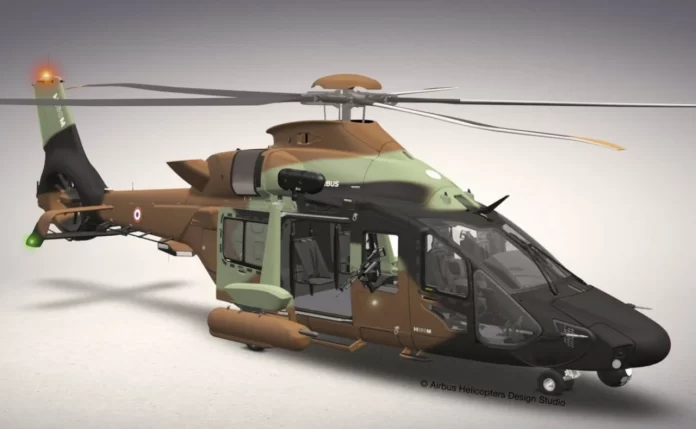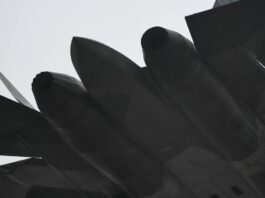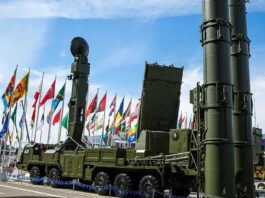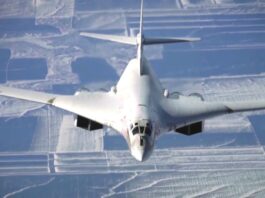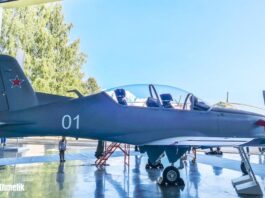The Guépard is the military version of the H160 helicopter used in the civilian sector. The HIL (Hélicoptère Interarmées Léger) programme is responsible for the development and introduction of the military variant.
The FAA (Federal Aviation Administration) has recently issued a type certificate for H160 operations in the United States. The H160 entered service in 2021. This opens up a massive market in the United States for the H160.
Airbus has received orders for over a hundred H160 helicopters, including over a dozen from US clients and is already in service in Europe, Japan, Brazil and Saudi Arabia. To date, the H160 fleet has accumulated more than 1,700 flight hours.
The French armed forces have also purchased the civilian H160. In 2020 the French Gendarmerie ordered ten H160 helicopters, with deliveries anticipated in 2024. As a stopgap measure to bridge the gap before the arrival of the specialised Guépard helicopters, the French Navy has purchased six H160 helicopters adapted for patrol and search operations.
Paris ordered 169 H160M Guépard type combat helicopters in 2021. The first aircraft will be delivered to the French military forces in 2027. It has been determined that the Army will buy 80 helicopters, the Air Force will acquire 40, and the Navy will get 49.
Airbus will produce 20 Guépard helicopters between 2024 and 2030, corresponding to the period of the ensuing “five-year plan” for French weapons that has been authorised by French law. By the year 2035, there will be an additional 70 aircraft in production.
Guépard is a crucial helicopter programme for the French armed forces, as it will replace several ageing or obsolete helicopters, including the Fennec, Alouette III, Dauphin Gazelle and Panther.
Alongside the combat Tiger, Naval Caiman (NH90), and heavy Caracal (H225M), the Guépard will be one of the four primary helicopter variants in the French armed forces. The Guépard will be the most extensively utilised type for transport and combat missions, including surveillance, fire support, special forces operations, and evacuation.
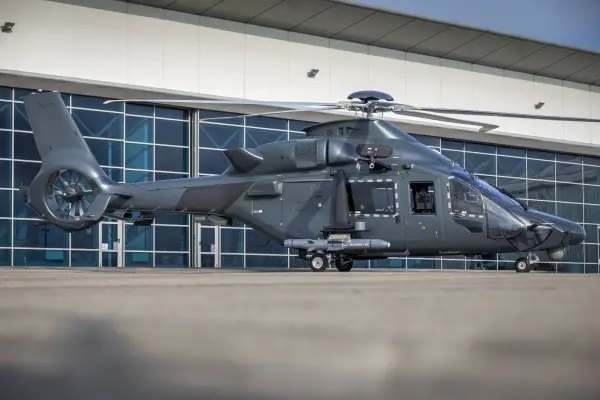
The first Guépard flying prototype will be used to validate its external aerodynamics and flight characteristics. Additionally, the aircraft will undergo preliminary evaluations of multiple antennas and electromagnetic compatibility.
The company has made significant advances in the design of the aircraft. According to the French press, Thomas, an arms engineer and creator of the Guépard platform, stated that these preliminary tests enable the first theoretical cases to be tested. He added that by the end of this year, the first results will enable confirmation of the chosen design.
Although the Guépard is based on the H160, antennas, sensors, and other external modifications may result in unexpected and life-threatening issues. The H160M, for instance, will be outfitted with a sensor head and self-protection systems, and the naval and air versions of the H160M will be furnished with a radar.
The difficulty of transforming the civil AW139 helicopter into the military MH-139A Grey Wolf serves as an example. After tests, modifications had to be made to the MH-139A’s sensor system fairing in the forward fuselage. Under certain flight conditions, the original fairing impeded airflow into the pitot tubes, which could have led to inaccurate flight speed estimation and accidents. The more complex the system, the greater the number of interactions that must be thoroughly understood and tested.
Equally significant is the FTD (Flight Training Device) flight simulator development programme for the Guépard helicopter. Dassault will be responsible for its development based on the FTD for NH90 helicopters. By 2030, four simulators are anticipated to have been delivered. In addition, the FTD for the Viper helicopter arrived in the Czech Republic at the start of June. Later this year, the second FTD for the Venom helicopter will be delivered.
The military version of the Guépard can carry 400 kilograms of additional specialised equipment. This is considerable given the H160’s empty weight of 4,000 kilograms.
Lieutenant Colonel Xavier, test pilot and director of the Guépard’s military version development, stated that the company is working to ensure that this militarisation is as light and efficient as possible regarding helpful payload.
The military Guépard will be equipped with Thales’ FlytX avionics suite for integration into the Army’s SCORPION C4ISTAR (Command, Control, Communications, Computers, Intelligence, Surveillance, Target Acquisition, and Reconnaissance) digital command and control network.
This will allow the Guépard to communicate data automatically with all French military platforms connected to the SCORPION network, including drones, tanks, combat vehicles, infantry formations, etc.
Lieutenant Colonel Xavier added that the company will ensure that this avionics suite and mission system are as basic, efficient, and user-friendly as possible in the coming months.
Thomas added that, in terms of connectivity, the Guépard will typically be outfitted with the SCORPION combat information system for the Army, Link 22 for the Navy, and Link 16 for the air force.
There are also proposals to equip the Guépard helicopter with various armaments. The “digital” weapon container DHMP400, unlike the analogue HMP400, communicates digitally with the installed weapon/ammunition. This enables a more streamlined container design and the incorporation of a rocket launcher for unguided or laser-guided 68mm missiles, with a range of up to 4,000 metres for laser-guided missiles.
In addition, the integration of anti-tank guided missiles (ATGM) is planned. However, ATGM integration is not presently included in the development programme.
Due in large part to the presence of Airbus Helicopters’ HForce system, the helicopter is designed to be easily upgraded in the future. HForce is a “plug and play” centralised combat system that connects various sensors, targeting systems, and weapons.
The French Navy is also interested in arming its Guépard helicopters with laser-guided missiles and possibly ATGMs. The French naval forces intend to deploy Guépard helicopters with these capabilities against narcotic smugglers.
Nevertheless, French naval helicopter pilots use Alpha headgear without a head-up display, and the naval Guépard is equipped with the Euroflir 410 sensor head without a laser designator. The solution is to equip the naval fleet with the TopOwl helmet and a sensor cranium with a laser designator.
A new variant of the Guépard helicopter will be developed. Ten helicopters will be deployed to the special forces regiment 4e RHFS (4e Régiment d’Hélicoptères des Forces Spéciales). These helicopters will receive additional equipment for special forces operations, including enhanced communication capabilities.
